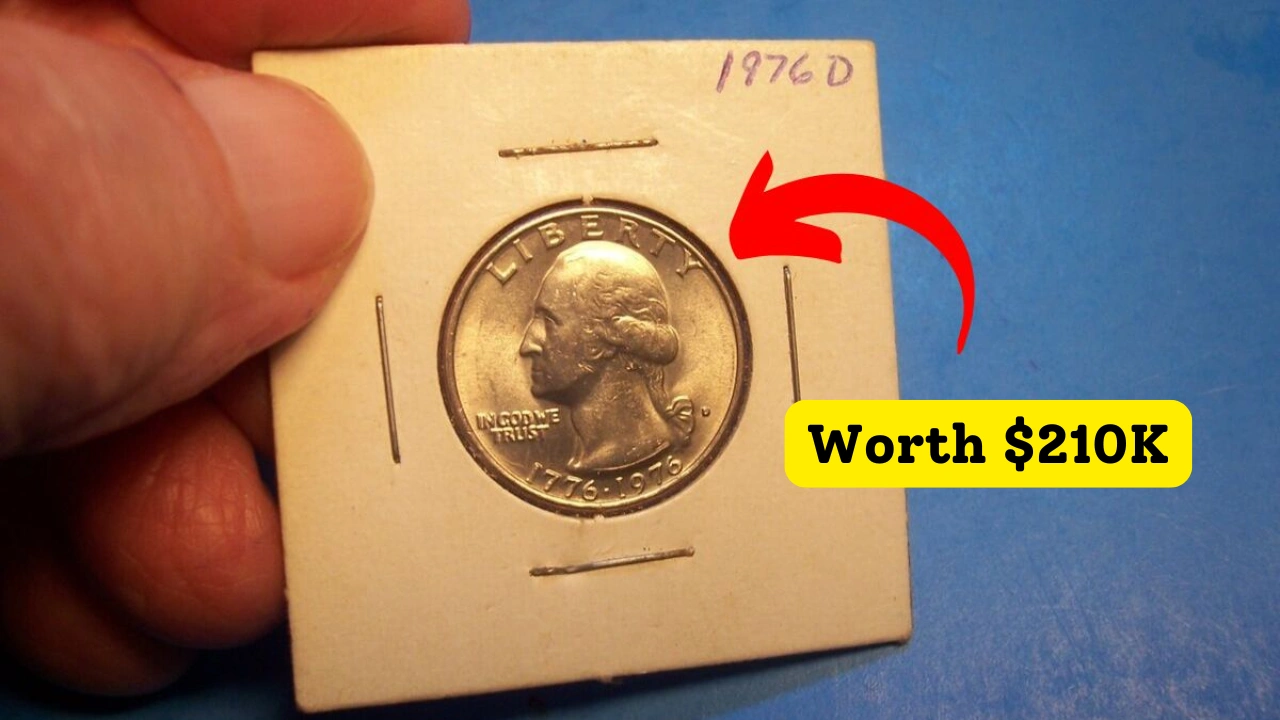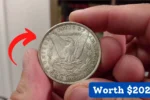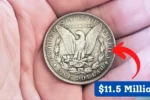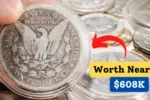The Rare Bicentennial Quarter Worth $210K: Many coin collectors dream of stumbling upon a rare, valuable coin while rummaging through their pocket change. One coin that stands out in this quest is the Bicentennial Quarter, a unique piece of U.S. currency minted to mark the nation’s 200th anniversary.
Though most of these quarters are worth just 25 cents, a few rare versions could fetch as much as $210,000, thanks to minting errors or special features.
The Story Behind the Bicentennial Quarter
Released in 1975 and 1976, the Bicentennial Quarter was part of a larger set of coins created to celebrate America’s bicentennial. Along with a special half dollar and dollar coin, this quarter had a distinctive design different from standard issues.
On the front, you’ll find the familiar portrait of George Washington, created by John Flanagan. On the reverse side, there’s a colonial drummer holding a torch, with 13 stars surrounding him, symbolizing the original 13 colonies. Instead of the usual single year, the quarter is stamped with the dual date “1776-1976” to commemorate the 200th anniversary of the U.S. independence.
Though the majority of Bicentennial Quarters are made of copper-nickel and are easily found in circulation today, a small number were struck with a higher-quality silver composition. Additionally, some rare errors occurred during minting that have made certain versions of this quarter incredibly valuable.
Why Some Bicentennial Quarters Can Be Worth $210,000?
While it’s true that most Bicentennial Quarters are worth no more than their face value of 25 cents, a select few can command massive amounts of money. So, what makes these coins so special?
1. Minting Mistakes
Occasionally, the minting process results in errors that make certain coins much rarer. Some of the most valuable mistakes to look out for include:
- Double Die Errors – This occurs when the coin’s design is struck twice, causing the image to appear faintly doubled. These errors are very rare and highly prized by collectors.
- Off-Center Strikes – When the coin isn’t properly aligned during minting, it leads to an off-center design. These coins often sell for a premium, depending on how far off-center the strike is.
- Wrong Planchet Errors – On rare occasions, coins were accidentally struck on incorrect metal planchets (blanks used to make coins). A Bicentennial Quarter mistakenly struck on a silver planchet could be worth thousands.
2. Silver Composition
The vast majority of Bicentennial Quarters were made from copper-nickel. However, a small number of these quarters were produced with 90% silver. These were typically part of special collector’s sets, but if one of these silver quarters ended up in circulation, it could be worth considerably more than the standard copper-nickel variety.
3. Proof and Special Strikes
The U.S. Mint produced proof versions of the Bicentennial Quarter for collectors. These coins have an exceptionally sharp design with a mirror-like finish. Coins with deep cameo contrast where the image appears almost frosted against a shiny background are especially sought after and can fetch a significant price.
How to Spot a Potentially Valuable Bicentennial Quarter?
If you’re hoping to find a hidden treasure in your change, here’s how to check whether your Bicentennial Quarter could be worth more than its face value.
1. Check the Mint Mark
The mint mark is located near George Washington’s ponytail on the front of the coin. If the mint mark is “S,” the coin was minted in San Francisco, and it could be made of silver. Quarters from the Denver (D) or Philadelphia (P) mints are more common and are typically made from copper-nickel.
2. Weigh the Coin
Standard Bicentennial Quarters made from copper-nickel weigh around 5.67 grams, while the silver versions weigh slightly more at 5.75 grams. Using a scale designed for coins can help you determine if your quarter contains silver.
3. Look for Minting Errors
Examine your quarter carefully for any unusual features. A double die error or off-center strike can significantly increase the coin’s value. Use magnification to check for any small discrepancies that could signal a rare error.
Where to Sell Your Rare Bicentennial Quarter?
If you suspect you have a valuable Bicentennial Quarter, you might be wondering where to sell it. There are several options to consider:
- Online Auctions – Platforms like eBay or Heritage Auctions are popular venues for selling coins to collectors worldwide.
- Coin Dealers – Local coin shops or dealers who specialize in numismatics may be interested in buying rare quarters.
- Coin Shows – Attending a coin show or convention allows you to meet collectors and dealers who may be willing to pay a premium for rare items.
Final Thoughts: The Rare Bicentennial Quarter Worth $210K
The Bicentennial Quarter is more than just a piece of change it’s a slice of American history. While most of these coins are worth only 25 cents, a few rare versions featuring minting errors, silver composition, or special proof finishes can command impressive prices. So, the next time you come across a Bicentennial Quarter, take a closer look. You might just be holding a valuable piece of Americana!
Note: The values mentioned here are subject to fluctuations in the market and collector interest. Always seek advice from a professional appraiser if you’re uncertain about the worth of your coin.





